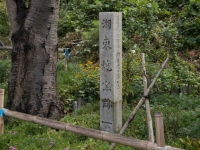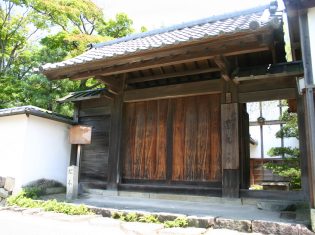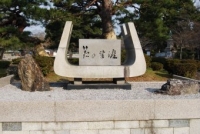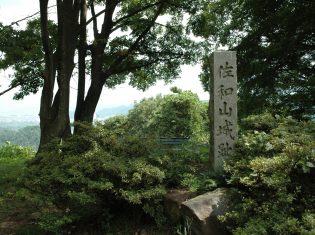The Birth of Koto-yaki
At the time, government support for domestic production was common amongst the various domains of Japan.Hikone Domain offered particularly robust support, and after ten years since production began, the pottery was given the names of Hikone-yaki and Koto-yaki. In 1842, under Naoaki Ii, the operation of the kiln was taken on directly by Hikone Domain.
This Hikone Domain-operated kiln lasted for 8 years under the rule of the 12th castle lord, Naoaki, saw its golden age under the 13th castle lord, Naosuke, for 10 years, and its end after two years under the 14th castle lord, Naonori. Though koto-yaki saw a total of just 20 years of history, the koto-yaki kiln produced works of the highest standard in the world, not inferior to imari and Jingdezhan porcelain, and with minutely painted designs, sumptuous and refined, that established a flavor unique to koto-yaki. With the aim of creating pieces of pure excellence, a great many modestly beautiful pieces of pottery were produced: primarily porcelain baked white, and then adorned in various styles: gold-leaf, red ink and gold, small paintings; as blue and white porcelain, or as celadon.
The pottery stone used to make koto-yaki was primarily sourced from Amakusa, and was mixed with a small amount of pottery stone from Hikone. Pieces made into blue and white porcelain were all fired in Hikone Domain's mountain kiln for tea bowls, while those made with red ink and gold leaf were fired with all their materials in the Domain kiln, and then painted later in a kiln specifically for painted pieces.
Small kilns for painted pieces located within the castle town, or neighboring residences were known as brocade kilns, and pieces fired therein were called Minka (or "private home") Red Koto-yaki.





